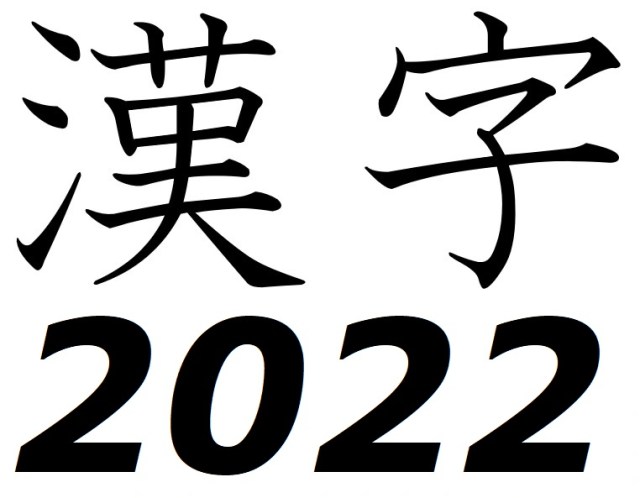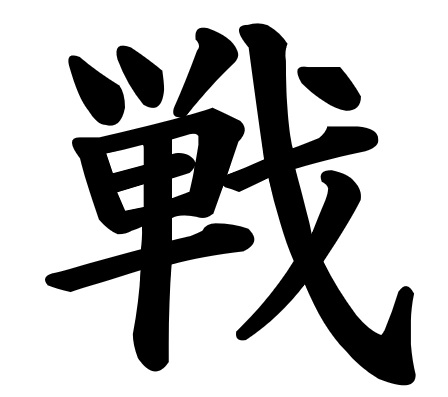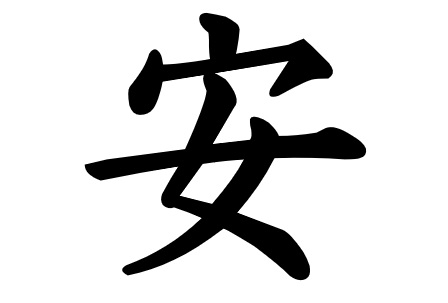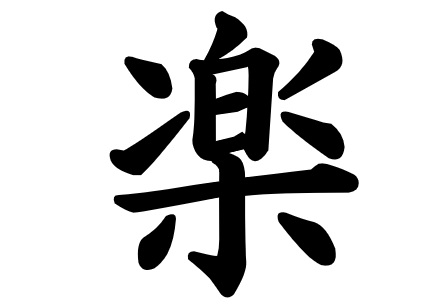
Single character with multiple meanings chosen as the kanji that best sums up 2022.
Every year, the Japan Kanji Proficiency Test Association collects votes to decide the Kanji of the Year. Choosing just one Japanese-language character to represent the events and emotions of the last 12 months is no easy task, but a single kanji can convey multiple meanings, and that’s very much the case for the Kanji of the Year for 2022, which is…
2022年 #今年の漢字 「戦」
— 2022年「今年の漢字」 (@Kotoshinokanji) December 12, 2022
森清範貫主による揮毫の瞬間はこちらpic.twitter.com/tvDAy5gYmu
…sen.

Alternatively read as ikusa, sen carries the meaning of “fight,” “battle,” or “war.” It’s the first kanji in sensou (戦争), the most common Japanese word for “war,” and that connotation was a major factor among voters who chose sen as a representation of acts of military aggression by Japan’s Pacific neighbors in 2022 in the form of Russia’s invasion of Ukraine and missile launches by North Korea.
戦 is also part of the words tatakau (戦う) and tatakai (戦い), the verb and noun forms of “fight.” Like the English “fight,” tatakau can also be used to describe a non-physical struggle, and others who voted for 戦 saw the kanji as a symbol of Japanese people’s fighting to maintain their standard of living during a period of rising prices and a weakened yen. In a more positive light, 戦 also won votes from those who chose it in commemoration of efforts by Japanese sports stars such as the nation’s World Cup soccer team and athletes who competed at the Beijing Winter Olympics, as well as the accomplishments of baseball players such as Shohei Ohtani’s sustained success in Major League Baseball and Aki Sasaki becoming the youngest perfect game-pitcher in Japanese professional baseball history.
Out of the 223,768 votes collected, 戦 received 10,804. Behind it was…

…an, or yasu (10,616 votes). Depending on context, 安 can mean either “secure” or “cheap,” relating to a feeling of relief as Japan puts the worst phases of the pandemic behind it and the yen plummeting in value versus foreign currencies.

Third place went to the kanji raku (7,999 votes), which can mean “easy,” “relaxed,” or, like when it shows up in the word tanoshii (楽しい), “fun.” As with the positive sense of 安, votes for 楽 came from the relaxation of coronavirus protocols and steps towards returning to more enjoyable and free lifestyles.
2022年「#今年の漢字」第1位は「戦」でした
— 2022年「今年の漢字」 (@Kotoshinokanji) December 12, 2022
応募総数223,768票から10,804票(4.83%)を集めての第1位でした。
多数のご応募ありがとうございました
2位以下の情報は追ってお知らせいたします!https://t.co/tux2uCxio9#漢字の日#戦 pic.twitter.com/2dkfpQPm1f
In keeping with tradition, the Kanji of the Year was revealed via the large-scale calligraphy of Seihan Mori, abbot of Kiyomizudera, which will be on display at the Kyoto temple until December 21, and then at the city’s Kanji Museum from December 22.
Source: Japan Kanji Proficiency Test Association
Images ©SoraNews24
● Want to hear about SoraNews24’s latest articles as soon as they’re published? Follow us on Facebook and Twitter!

No hay comentarios:
Publicar un comentario